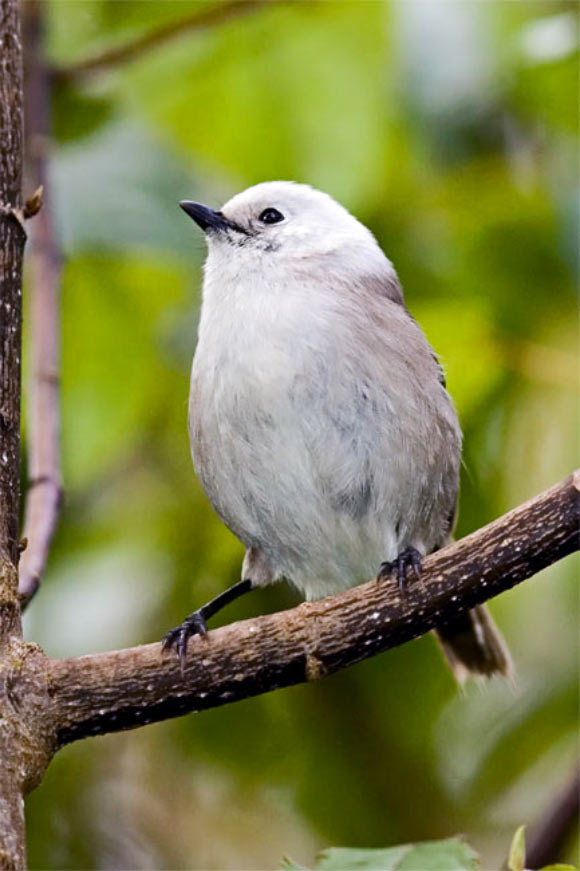Scientists from New Zealand, Ecuador, Australia and the United States have identified a new songbird family – the Mohouidae – in New Zealand.

The team has found that three songbirds from New Zealand – the Whitehead, shown in this image, the Yellowhead and the Brown Creeper – belong to a new bird family. Image credit: Andrew Hardacre / CC BY 2.0.
The make this discovery, the team analyzed DNA of three bird species: the Whitehead (Mohoua albicilla), the Yellowhead (Mohoua ochrocephala) and the Brown Creeper (Mohoua novaseelandiae).
“It’s an achievement that has international significance as the taxonomy of birds, especially Australasian songbirds, is the subject of intense research. By conducting DNA sequencing of three bird species — two of them for the first time — the testing confirmed what had been suspected since the 1950s,” explained Dr Luis Ortiz-Catedral and Dr Michael Anderson, both from Massey University in Auckland, New Zealand, who reported the results in the Journal of Ornithology.
The discovery brings the number of New Zealand endemic songbird families to five and increases the number of endemic vertebrate families from 13 to 14 (11 bird, 1 frog, 1 bat, 1 tuatara).
The Whitehead, also known as Pōpokotea, is only found in native and exotic forests in the North Island, while the Yellowhead or Mōhua and the Brown Creeper or Pīpipi are only found in the South and Stewart Islands.
“Mohoua were clumped in the same genus for some time. But this was done without more stringent evidence. By obtaining DNA samples from all three species of these birds, we were able to add to the body of knowledge about New Zealand’s unique biodiversity,” Dr Ortiz-Catedral said.
Despite the differences in location, the Whiteheads and Yellowheads are more closely related to each other than the Brown Creepers.
“We know very little about the Long-tailed Cuckoo, which parasitizes these three species, laying its eggs in their nests. This research will help us to understand the evolutionary relationship between this brood parasite and its host species,” Dr Ortiz-Catedral added.
Dr Brian Gill, a taxonomist at Auckland Museum, investigated what name could be applied to the new family and found that Mohouidae was available from its published usage in 1946 by Dr Gregory Mathews.
“The international collaboration can help unravel how far back in time these native birds have diverged from their ancestors and how fast they have evolved into different species. Data from this project will help to inform comparative studies both locally and internationally,” Dr Anderson said.
“It’s an exciting discovery that further enhances the level of uniqueness of New Zealand’s biodiversity by increasing our high levels of endemism. It’s much easier to prevent biodiversity loss by maximizing conservation efforts early,” Dr Ortiz-Catedral concluded.
______
Bibliographic information: Zachary Aidala et al. Phylogenetic relationships of the genus Mohoua, endemic hosts of New Zealand’s obligate brood parasitic Long-tailed Cuckoo (Eudynamys taitensis). Journal of Ornithology, published online June, 2013; doi: 10.1007/s10336-013-0978-8







